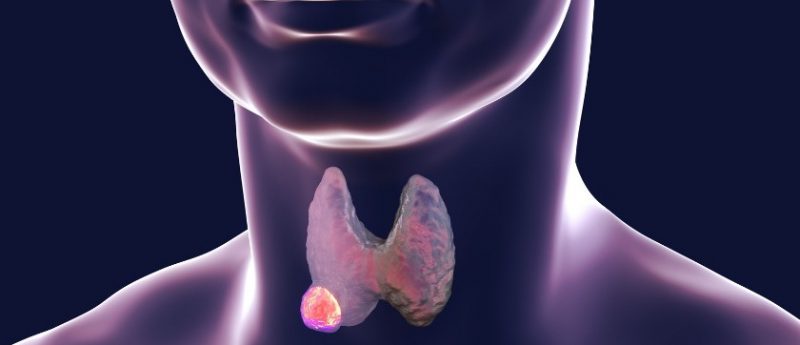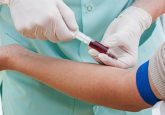Exploring the Thyroid Imaging Reporting and Data System (TI-RADS): an interview with Franklin Tessler

Over diagnosis of thyroid cancers is an issue in the US, can you tell us more about this?
Many thyroid nodules are being discovered on imaging tests (CT, MRI, ultrasound) done for other purposes. Most of these so-called incidentalomas are benign, but a biopsy or surgery may be needed to show that they are not malignant. Even cancerous nodules tend to have an indolent course, especially if they are small. The authors of a 2016 paper in the New England Journal of Medicine stated that overdiagnosis accounted for 70% and 45% of cases in men between 2003 and 2007.
What practical guidance can you provide on how to implement and apply ACR TI-RADS?
Much advice was provided in three ACR TI-RADS webinars earlier this year. They’re available for viewing at no cost on the ACR’s website – www.acr.org/Clinical-Resources/Reporting-and-Data-Systems/TI-RADS/Webinars
Can you explain how a nodule’s TI-RADS level is determined?
The system is based on ultrasound features that are awarded zero to three points each. The practitioner chooses one feature from four categories (composition, echogenicity, shape, and margin) and all that apply from the last category (echogenic foci), then sums the points to arrive at a score and TR level, 1 to 5.
Find out more in our TI-RADS news coverage
How does the nodule’s level determine the follow-up care a patient receives?
Each TR level has different recommendations for management (no follow-up, biopsy, or follow-up ultrasound). These are based on the nodule’s maximum size for the three highest TR levels. It’s important to note that these are guidelines, not standards, so circumstances may warrant deviation from these recommendations.
Since its implementation, how has TI-RADS changed the quality of thyroid ultrasound reports and the number of thyroid nodules recommended for biopsy?
There is evidence that the number of biopsies decreases and report quality increases when ACR TI-RADS is applied. For example, one study showed that use of a structured reporting template based on this system led to better description of malignant features and more reports with management recommendations. Please see the following papers for further details:
Hoang JK, Middleton WD, Tessler FN et al. Interobserver Variability of Sonographic Features Used in the American College of Radiology Thyroid Imaging Reporting and Data System. AJR Am. J. Roentgenol. 211(1):162-7. PMID 29702015 (2018)
Hoang JK, Middleton WD, Tessler FN. Reduction in Thyroid Nodule Biopsies and Improved Accuracy with American College of Radiology Thyroid Imaging Reporting and Data System. Radiology; 287(1):185-93. PMID 29498593 (2018)
Griffin AS, Mitsky J, Tessler FN et al. Improved Quality of Thyroid Ultrasound Reports After Implementation of the ACR Thyroid Imaging Reporting and Data System Nodule Lexicon and Risk Stratification System. Am. Coll. Radiol.; 15(5):743-8. PMID 2950315.(2018)
What are the next steps?
I am currently leading an international effort to harmonize guidelines for the management of thyroid nodules based on ultrasound from multiple professional organizations.
Profile:
Franklin Tessler is a Professor in the Department of Radiology at the University of Alabama in Birmingham (AL, USA). He sub-specializes in ultrasound and is a Fellow in the Society of Radiologists in Ultrasound and the American Institute of Ultrasound in Medicine. Tessler chairs the American College of Radiology’s Thyroid Imaging, Reporting and Data System (TI-RADS) Committee, which published a new ultrasound-based scoring system for thyroid nodules in 2017, and is a frequent speaker on thyroid nodules at professional meetings.





